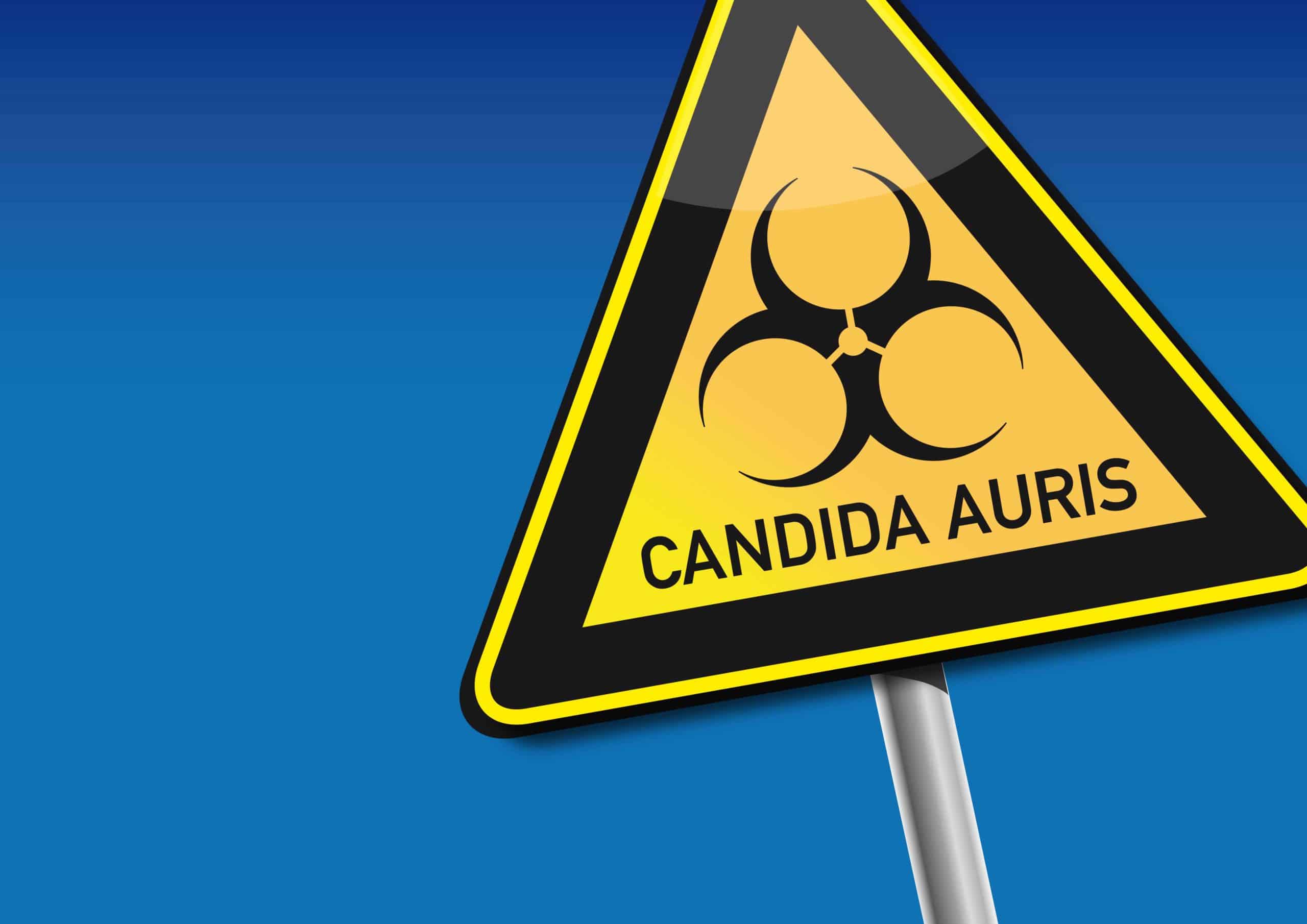
Medical Malpractice Lawyer Warns of Fatal Pathogen in Hospitals
At MedMalFirm.com, our medical malpractice lawyer has recently learned that a new “superbug” is threatening the lives of patients in hospitals across the United States. Despite being known to scientists and the medical community for…
At MedMalFirm.com, our medical malpractice lawyer has recently learned that a new “superbug” is threatening the lives of patients in hospitals across the United States. Despite being known to scientists and the medical community for some time, the pathogen – Candida auris – was not disclosed to the public for a substantial period of time.
Now, reports of the pathogen, called C. auris, are causing alarm in the healthcare community, and among patients.
What is Candida Auris?
Candida auris is a fungus, similar to the well-known species Candida albicans and Candida glabrata. These two forms of Candida are responsible for what we commonly refer to as “yeast infections.” With treatment, most yeast infections heal quickly with little risk of side effects.
Unlike other species, however, C. auris is a very dangerous organism. When C. auris first emerged, it was found in several parts of the world, at around the same time. This is curious, and scientists are not sure where it actually originates. What is more concerning, however, is the fact that it was immediately resistant to standard antifungal medications.
Despite being known to the medical community since 2009, C. auris seems to be progressing across the world with the largest concentration of cases in the United States. According to a Harvard Health report, the timeline of C. auris includes the following:
- 2008-2009: Strains are reported in India, Pakistan, and Japan. The organism gets its name from a case in Japan where the infection was discovered in a woman’s ear in 2009.
- 2012-2013: Venezuela reports 18 cases of C. auris.
- 2012-2013: South Africa reports over 450 cases of C. auris.
- 2015-2016: One London hospital reports 72 cases of C. auris.
- 2013-present: The U.S. reports around 755 cases so far.
While researchers do not know where the pathogen originates, they do know that it is not spreading like many diseases. Instead, there are reports of cases in various locations worldwide, which is deeply concerning.
Even more concerning is that almost all of the cases we know about are diagnosed in hospitals, nursing homes, or other healthcare facilities. Places where deadly pathogens should not originate.
Is Candida Auris Really Dangerous?
Being part of the same species of fungus that is so common, it could be easy to write off C. auris as another infection that is not really dangerous. The Centers for Disease Control and Prevention (CDC) warns against this. According to the CDC, over one-third of people who contract C. auris infection die within just months of becoming ill.
The CDC offers the following explanation for why this is the case, and why this infection should not be underestimated:
- auris is a difficult pathogen to identify in the laboratory setting.
- Most patients who develop C. auris infection are already ill with another disease or condition. This makes it difficult to recognize the symptoms of the dangerous fungal infection.
- auris can infect different parts of the body, which means the symptoms are different for each person infected. Some people develop something as common as an ear infection, while others develop bloodstream infections.
- Fungal infections are more difficult to treat than bacterial infections. There are less available medications that effectively treat fungal infections.
- auris is resistant to most antifungal medications:
- 90% of infections are resistant to one medication
- One-third of infections are resistant to two or more
- Unlike other pathogens, C. auris is incredibly difficult to eradicate. Industrial cleaning does not seem to be effective at eliminating the fungus from surfaces in healthcare environments.
Additionally, C. auris is known to cause wound infections, ear infections, and bloodstream infections. The most common symptoms seem to be:
- Fever
- Chills
- Low blood pressure
- Weakness
- Malaise that does not respond to antibiotics
The combination of pre-existing illnesses and the attack by the pathogen is certainly a reason to be concerned. If your family is experiencing the affects of C. auris, contact a medical malpractice lawyer.
What Do We Know about Candida Auris?
These are the things that we do know about C. auris, which is much less than what we need to know. Researchers need to know:
- Where C. auris comes from
- How it spreads
- How it builds resistance to medications
- If pesticides are contributing to the spread
- What medications could be effective in treating it
- How healthcare providers can quickly identify and diagnose infections
Our Medical Malpractice Lawyer is Familiar with HAIs
At MedMalFirm.com, our medical malpractice lawyer is very familiar with healthcare-associated infections, or HAIs. These are infections that develop in patients who are in a healthcare setting, such as a hospital or nursing home. Some types of HAI are relatively common, such as urinary tract infections (UTIs) or pneumonia. Others are more serious, such as sepsis or MRSA.
- auris is another type of HAI that is dangerous, resistant, and potentially deadly. There are several reports of deaths due to C. auris infections, but the CDC and the media have shared little with the public.
According to the New York Times, this is partially because the CDC is prohibited from sharing details about hospitals that are battling a dangerous pathogen. That means patients may get treatment at a hospital where there is an outbreak of infectious disease. But, the hospital and the CDC neither one have to disclose it. Certainly concerning for patients who put their trust in hospitals and have no way to know if they are in contact with an unseen superbug.
Further adding to the concern is the fact that C. auris has been identified in 12 states including New York, Florida, Texas, Connecticut, Indiana, and California. Despite being identified across the U.S., there is no known link between cases or locations.
Contact a Medical Malpractice Lawyer to Learn More
Healthcare-associated infections (HAIs) are a complication of healthcare that should never happen. After all, hospitals are a place where patients go to get well, right? Not a place where patients contract a deadly infection. Sadly, HAIs do happen, and the results are devastating for patients and their families.
If you are concerned about C. auris infection or another HAI, the best thing you can do is stay calm and contact a medical malpractice lawyer. You have the right to healthcare that is safe, and you should never leave a hospital sicker than when you arrived.
At MedMalFirm.com, our medical malpractice lawyer has experience handling claims related to HAIs. We can answer your questions about HAIs and your legal rights. If you have an illness or injury due to healthcare negligence, we can help you build a claim against the at-fault party.
To find out more, contact MedMalFirm.com by calling 877-887-4850. Or, fill out our online form to request more information or schedule a free consultation.
